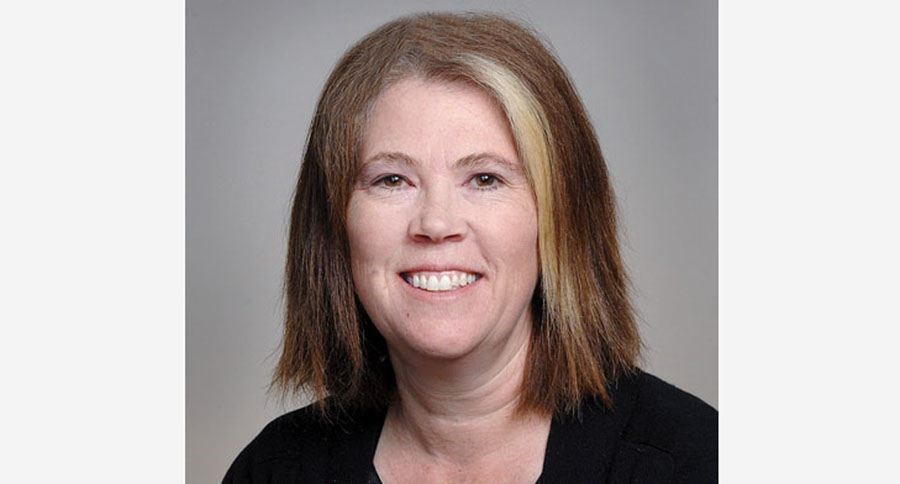I had the pleasure of moderating the all candidates' debate at UNBC. I will take some time to reflect and comment next week but the highlight for me is seeing students attend these events. I am a real proponent of youth voting. I believe that we should lower the voter age so that voting becomes a habit. I know that I am not likely to get my wish but I am encouraged by the wonderful teachers who run mock elections or the parents who take their children into the voting booth to teach them about this most important democratic process. This week I have written a bit of a primer to help you to explain the electoral process to your child or teen.
Canada is divided in 338 ridings. This is a change from the last election when there were only 308 ridings. Extra ridings were added because populations grew in some provinces. A riding size is determined mostly by population but there are also other considerations. Nunavut, the Northwest Territories and the Yukon each constitute one riding but in other places a riding may only be a dozen or so square kilometres.
Each political party can run one candidate in each riding; occasionally an individual will run without affiliation to a party as an independent. Voters in a riding cast their vote for one candidate. Our system is called first-past-the-post or single-member plurality. The candidate who receives the most votes wins the "seat" allocated to the riding. Candidates are literally vying to sit in the House of Commons and because there are 338 ridings so there are 338 seats.
On election night, election officials count the number of votes given to each candidate. It is only necessary for the winner to get the most votes in the riding. The winner does not need a majority. So Candidate A running for the Purple Party could get 33% of the votes, Candidate B running for the Yellow Party could get 25% of the votes, Candidate C running for the Burgundy Party could get 27%, Candidate D running for the Gold Party could get 10% and an Independent could get 5% and Candidate A - the Purple Party would win the seat.
By now your kids might have noticed that you have not yet mentioned voting for the Prime Minister. In our system we do not vote for the Prime Minister. In actuality, the Governor General decides which party or parties will form the government and the governing party must be able to maintain confidence in the House of Commons. This means that when there is a vote on important legislation there must be more than 50 per cent of votes in favour of the legislation. In other words because there are 338 seats, legislation must pass with 169 + 1 votes.
So what choices does the Governor General have when he/she chooses the governing party? Well, let us assume that in the fictitious election I have described the Purple Party wins 180 seats; the Yellow Party wins 80 seats; the Burgundy Party wins 60 seats; the Gold Party wins 17; and an independent wins 1 seat. In this case, the Governor General can be fairly certain that the Purple Party can maintain confidence in the House. The Purple Party are guaranteed to have 180 votes. We call this outcome a majority government and the Governor General would traditionally choose the Purple Party to be the governing party.
But, if the outcome is different, let's say: the Purple Party wins 120 seats; the Yellow Party wins 110 seats; the Burgundy Party wins 80 seats; the Gold Party wins 27; and an independent wins 1 seat, the Governor General would likely ask the Purple Party to form a minority government and the Purple Party would need to ensure that members of another party would vote with them to maintain confidence. If the GG is not sure that the Purple Party can get other parties to vote with them then the GG can entertain the idea of a coalition of two or more parties who would share the governing role.
Now your child might still say, "Hey wait, who is the Prime Minister?" While political campaigns focus a great deal on the Prime Minister, the PM is chosen only when the GG chooses the governing party. The Prime Minister is the leader of the governing party.
That's our system in a nutshell.



